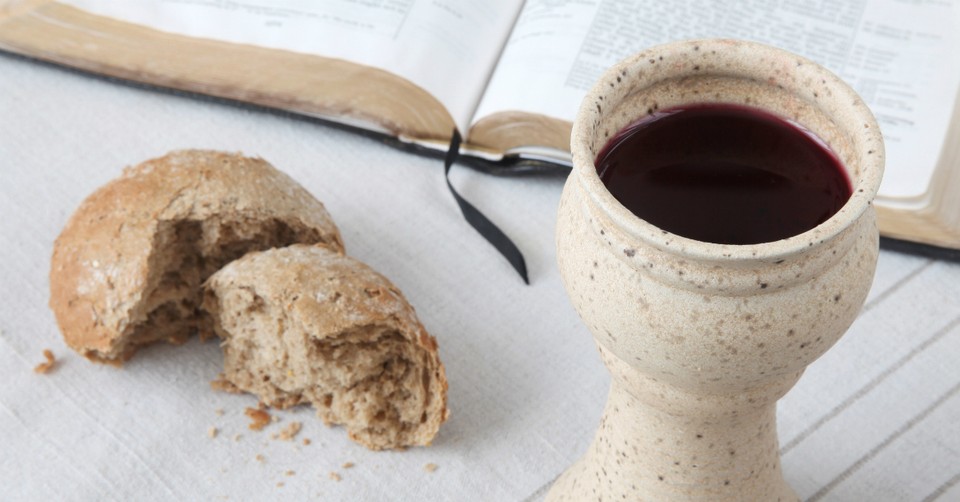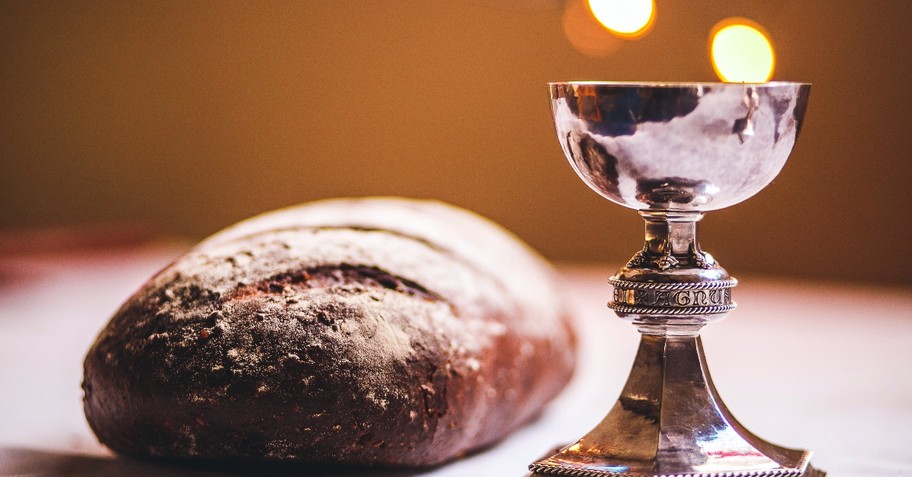3 Overlooked but Significant Details from Jesus Turning Water into Wine

The first miracle of Jesus Christ’s public ministry – when Jesus turns water into wine – lays the foundation for all his other miracles. On the surface, this miraculous event seems simple and not especially significant. But when you get to know the story’s details and what they symbolize, you’ll see why it’s important. The story of when Jesus turns water into wine is recorded in the Gospel of John, chapter 2, verses 1 through 11.
Photo Credit: ©GettyImages/IngridHS
What Is the Context When Jesus Turns Water into Wine?
Jesus turns water into wine while He is attending a wedding in Cana, a village in Galilee, with his mother Mary and his disciples. The wedding host’s supply of wine runs out. Since hospitality is a vital part of the culture, failing to provide enough wine for guests is a serious problem. The host would be ashamed, embarrassed, and even potentially liable legally for the wine shortage.
Concerned about that, Mary goes to Jesus and asks him to intervene. At first, Jesus expresses reluctance, asking Mary, “… why do you involve me?” and telling her that, “My hour has not yet come.” (John 2:4). Jesus apparently hadn’t intended to start performing public miracles yet. However, moved by compassion, he decides to go ahead and do so – quietly. Jesus focuses on love first, and because of his love for everyone at the wedding, he chooses to exercise his power to solve the problem.
Jesus begins his 3 ½ year ministry work on Earth with this event, using a wondrous sign to inspire awe that would strengthen his disciples’ faith. Psalm 136:4 proclaims that God “does great wonders, for his steadfast love endures forever.” The miracles that Jesus performs are signs that show the wonder of who he is as God’s Son. My book Wake Up to Wonder explores how miracles seem extraordinary to us, but for God, they’re simply business as usual. The closer our relationships with God become, the more we can perceive miracles happening. The faith we express in response to God’s work in our lives can lead to miracles. God rewards the faith we show by moving closer to us, and the natural result of God coming closer to us is that we sometimes experience miracles. Miracles are simply messages from God that help us learn something new about his glory.
Turning water into wine was the first sign Jesus used to reveal his glory to the people around him, the Bible says. “What Jesus did here in Cana of Galilee was the first of the signs through which he revealed his glory; and his disciples believed in him,” John 2:11 reveals.
Jesus was to go on to perform many more miracles during his ministry on Earth that culminated in his Crucifixion, Resurrection, and Ascension into heaven. The following details from when Jesus turns water into wine show how his first miracle connects to his others, and to Jesus’ overall mission as the world’s Savior.

Detail 1: Confidence in Jesus’ Ability to Help
In verse 5, Mary expresses full confidence that Jesus will, and is able to, help: “His mother said to the servants, ‘Do whatever he tells you.’”
It's clear from this passage that Mary has the confidence that Jesus will grant her request to help the host and guests, and sure enough, Jesus does so. Mary knew from before Jesus’ birth that he would be God’s Son. When the archangel Gabriel visited Mary before Jesus was conceived, Gabriel had clearly told her that, “The Holy Spirit will come on you, and the power of the Most High will overshadow you. So the holy one to be born will be called the Son of God.” (Luke 1:35). At the wedding, Mary exercises her deep faith in God’s power. It is out of that faith that Mary not only asks Jesus to perform a miracle, but she also expects Jesus to do so. Mary knows that miracles which seem supernatural to humans are natural for God. Even though this miracle of turning water to wine is apparently unplanned, Mary asks Jesus with full confidence in his ability to help.
We can also have confidence in approaching Jesus for help. The source of our confidence is our relationships with Jesus, who intercedes for us with God (Hebrews 7:25) and serves as our righteous advocate (1 John 2:1). Thanks to what Jesus does for us as our Savior, we can “approach the throne of grace with confidence, so that we may receive mercy and find grace to help us in our time of need” (Hebrews 4:16).
Photo Credit: © Unsplash/Caroline Hernandez
Detail 2: Water for Washing
Verses 6 through 8 describe what happened next: “Nearby stood six stone water jars, the kind used by the Jews for ceremonial washing, each holding from 20 to 30 gallons. Jesus said to the servants, 'Fill the jars with water'; so they filled them to the brim. Then he told them, 'Now draw some out and take it to the master of the banquet.' They did so...” Without the servants' knowledge, a miracle had just taken place, quietly, within the jars.
Why, out of all the types of miracles Jesus could have chosen to do, did he choose this one? It may have been because of the powerful symbolism involved: The water that Jesus used came from jars that the Jewish people used before meals for ceremonial washing, which symbolized purifying themselves. By changing that water into wine -- which would later be used in the sacrament of communion to represent Jesus' blood washing away people's sins -- Jesus was foreshadowing his sacrificial death on the cross to pay for people's sins and connect them to a pure, holy God.
In John 4:10, Jesus declares his role as the world’s Savior by using the term “living water”. Then, in John 4:14, Jesus uses the imagery of water to describe the gift of salvation: “but whoever drinks the water I give them will never thirst. Indeed, the water I give them will become in them a spring of water welling up to eternal life.”
Water splashes God’s mercy into our focus. Just as water cleanses our bodies from dirt, God cleanses our souls from sin. The sacrament of baptism shows that principle at work. People being baptized in water accept God’s forgiveness, let their sins wash away, and celebrate the salvation made possible by Jesus’ resurrection.

Detail 3: Wine like Blood
The story continues in the verses 9 through 10: “...and the master of the banquet tasted the water that had been turned into wine. He did not realize where it had come from, though the servants who had drawn the water knew. Then he called the bridegroom aside and said, 'Everyone brings out the choice wine first and then the cheaper wine after the guests have had too much to drink; but you have saved the best till now.'”
It's easy to imagine how delicious wine made by Jesus himself would taste, since the Bible and Torah say in Psalm 34:8: “Taste and see that the Lord is good; blessed is the one who takes refuge in him.”
The master of the banquet was impressed, but since he didn't know that the great-tasting wine resulted from a miracle, he assumed that the bridegroom had purchased it to serve to the guests. This miraculous transformation of water to wine happens without much attention from some people at the wedding.
However, this miracle contains important symbolism. It foreshadows the later sacrament of communion, in which wine symbolizes the blood of Jesus that saves humanity from our sins, thanks to Jesus’ sacrificial death on the Cross. In Old Testament times when God was teaching people the law, the blood of animals was a sacrifice for sins. When Jesus died on the Cross, He became the perfect sacrifice that made grace possible. The wine in this first of Jesus’ miracles represents Jesus’ own blood that he will provide for people in a loving covenant. Just as Jesus turns water to wine at a wedding (where people enter into a covenant of love on earth), Jesus also acts as the agent of transformation to activate a heavenly covenant of love – making it possible for human salvation.
These details from Jesus turning water into wine shed light on the deep symbolism of this miracle that seems unremarkable on the surface. When Jesus turns water into wine, he provides a wondrous sign that foreshadows his later public miracles and reveals his glory as the world’s Savior.
Photo Credit: ©Unsplash/jhc
Originally published September 29, 2021.









